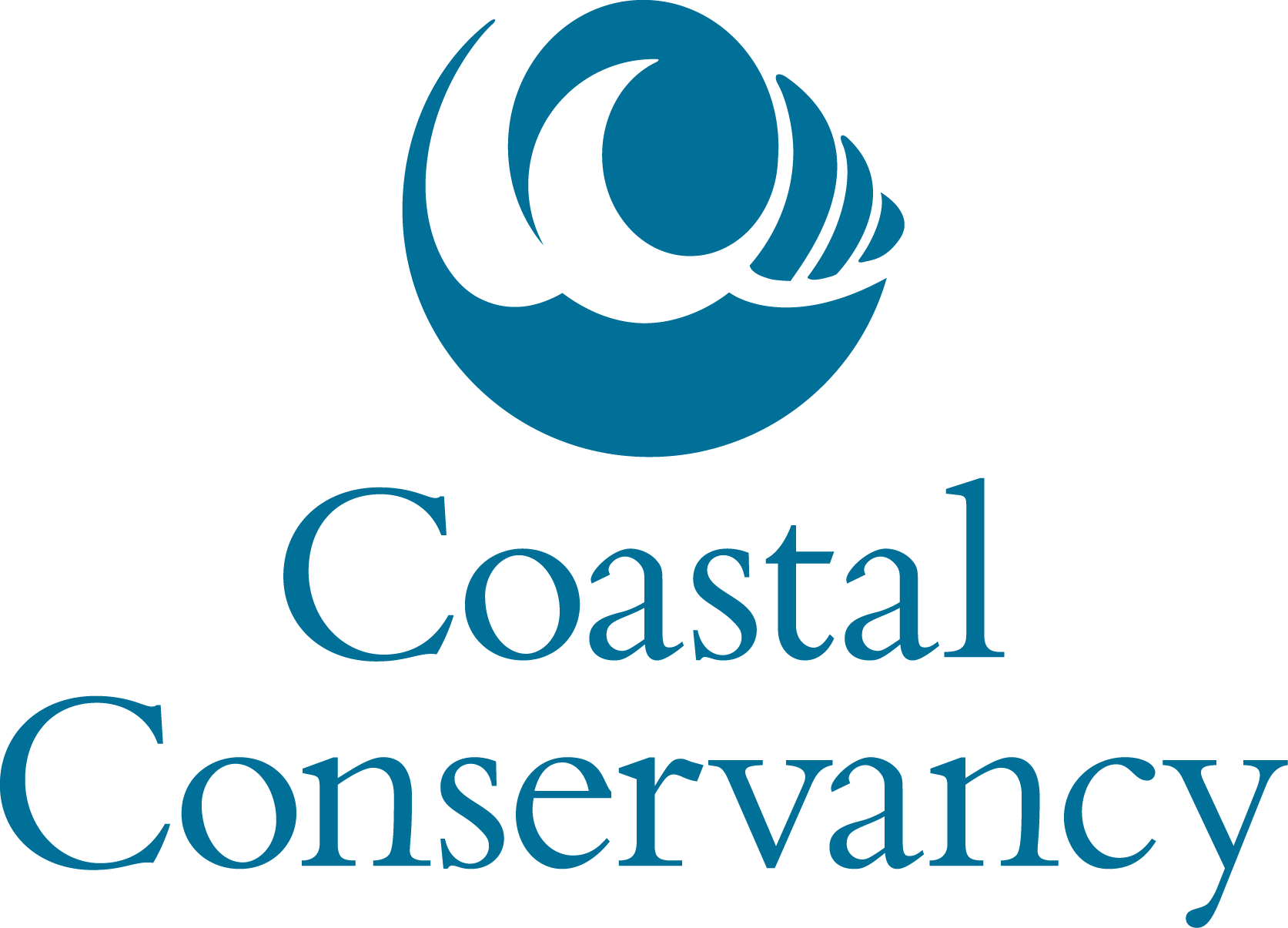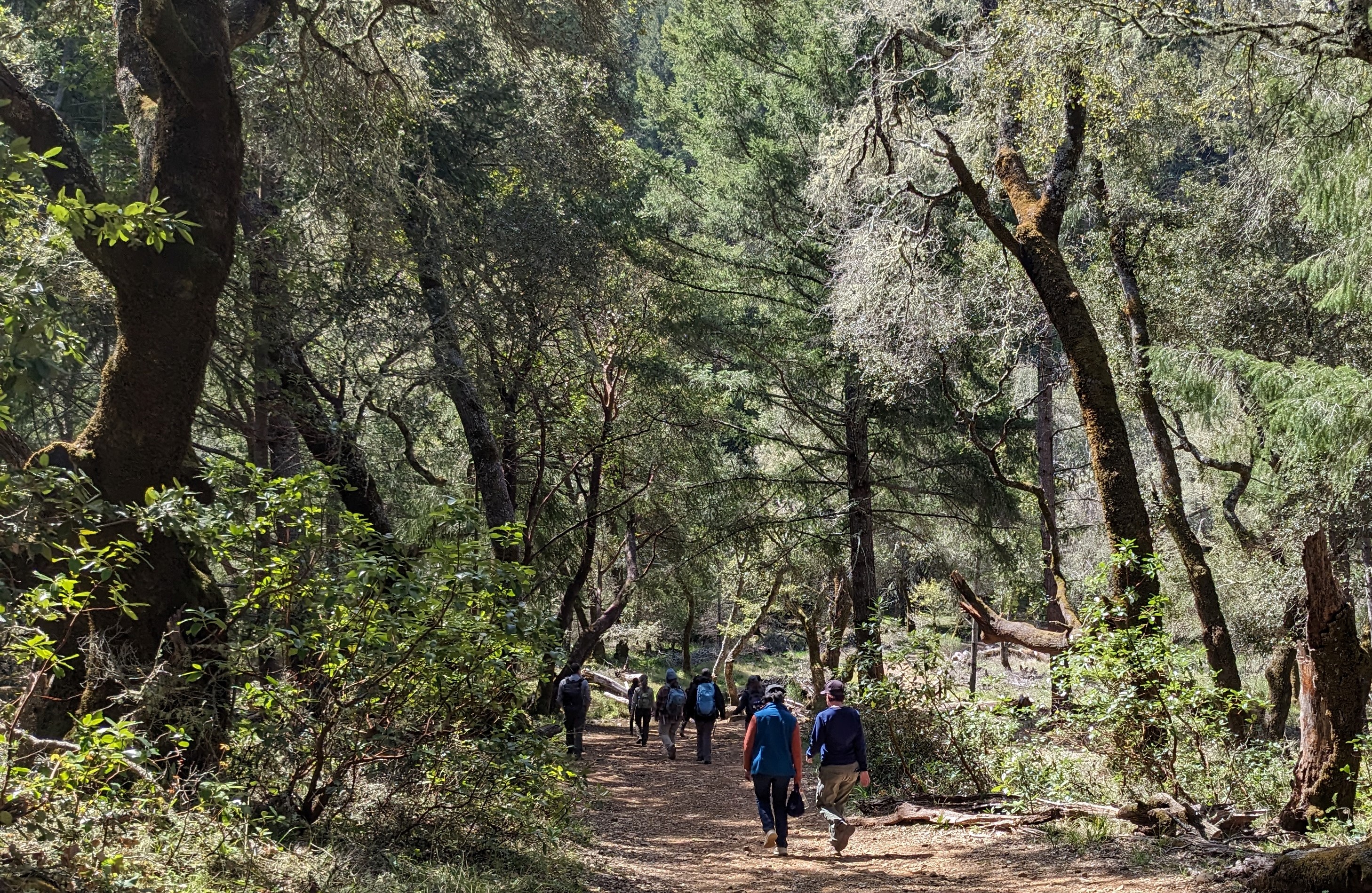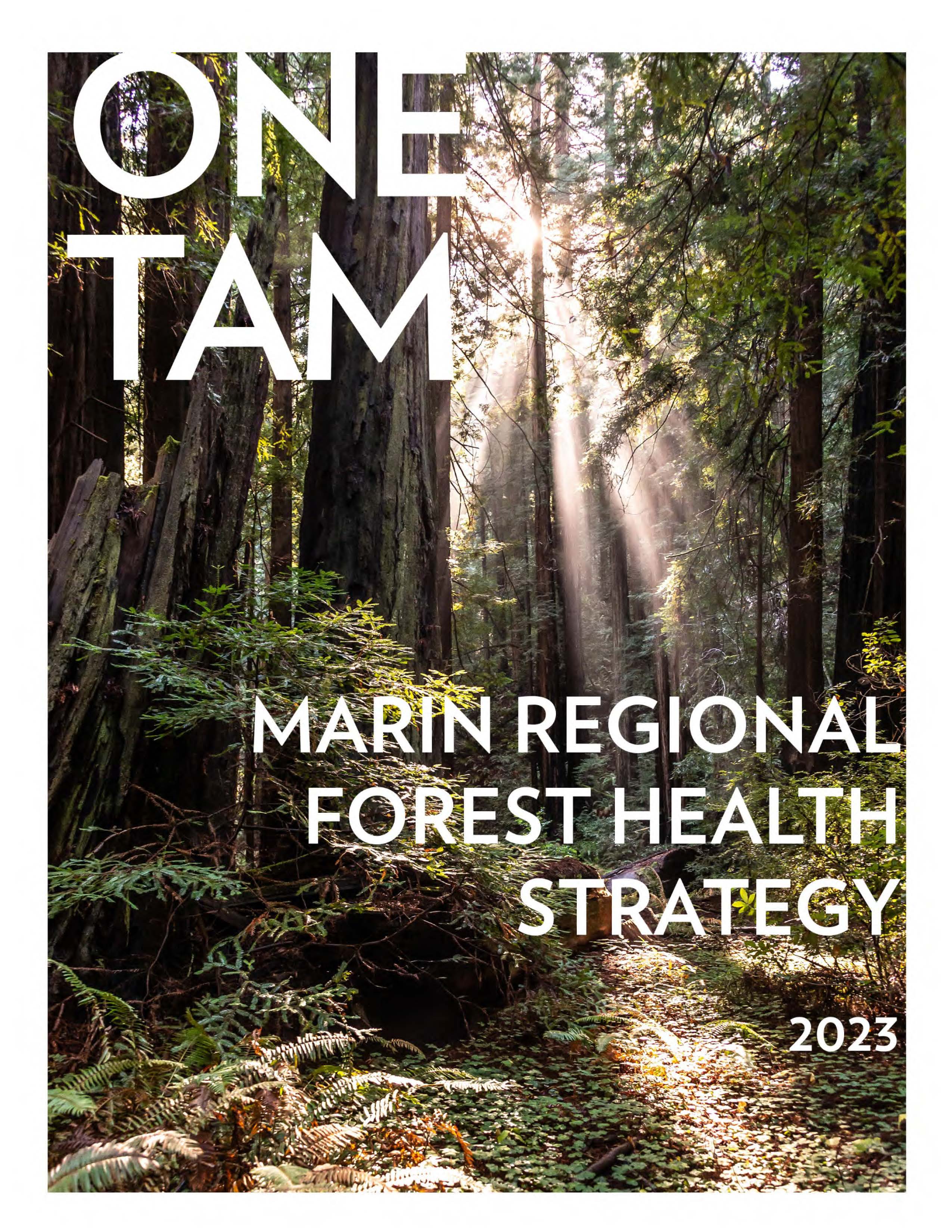Learn how One Tam is working to restore and protect forests
> Explore the Marin Regional Forest Health Strategy
> Tools & Self-guided Activities
Forests Are Vital
One Tam partners have developed a strategy to improve and maintain the natural resilience of forests and woodlands in the face of stressors such as plant disease, introduced weeds, present and past land-use, the legacy of colonization, climate change, and hazardous wildfire. We worked with the Federated Indians of Graton Rancheria (the Tribe), fire agencies, scientists, and consultants to study the current condition of our forests, threats to their health, and how we can prioritize collaborative action.
Preview the Marin Regional Forest Health Strategy to learn why forests are so important and why we need this strategy to protect them—from Chapter 1:
"Marin County’s nearly 118,000 acres of forest and woodland are a vital resource for wildlife, residents, and visitors. These lands have been home to Coast Miwok peoples since time immemorial. The natural processes that occur in Marin’s forests provide benefits for all beings in the region, and all these natural processes and beings benefit from Tribal use and stewardship of the forests according to the Tribe's Traditional Ecological Knowledge and relationships with the environment. Forest soils allow rain to infiltrate, preventing erosion and providing clean water. Trees drink carbon dioxide, sequestering carbon and purifying the air. But left to themselves, forests can also grow large and dense, putting the entire system in danger of catastrophic wildfire, loss of life and livelihoods, and extreme carbon emissions.
These forests need care, and Tribal stewardship responsibilities to gather, hunt, fish, burn, and tend in coordination with management rooted in the best available science will continue to improve and maintain these ecosystems into the future. Whether Northern Spotted Owl (Strix occidentalis caurina) or human (from many backgrounds and worldviews), we all rely on forests for our well-being, and the forests rely on us, each working in collaboration from our respective positions for the betterment of the whole."
Forests Need our Help
Forests are naturally resilient. They can adapt with nature’s changing conditions and recover from damage. But the combination of threats such as fire exclusion, drought, non-native invasive species, plant pathogens, the legacy of colonization, and climate change threaten to reduce the many benefits of healthy forest ecosystems. We must take action to protect forests, so that they will be here for future generations. Explore the Marin Regional Forest Health Strategy below to learn more about impacts to forest health and how we can work together to foster fire and climate resilient landscapes and communities.
Marin Regional Forest Health Strategy
The Marin Regional Forest Health Strategy provides a science-based and data-driven framework for public land managers and decision-makers in Marin County to assess forest health and prioritize actions to increase forest resilience. To achieve this, the strategy developed and utilized best-available data, expert analysis, scientific understanding, and local knowledge to explore the distribution, composition, and conditions of key forest types in Marin, assess the impacts of forest stressors, and provide a multi-benefit framework, where treatments and solutions are designed to provide cultural and community benefits in addition to restoring forest health and resilience.
View the full document below, or choose a chapter. Please know it is a large document and may take a bit of time to load in your browser. See the More section at the bottom of this page to explore tools that were developed to create this strategy.
If you need a high resolution print version of this document, please email info@onetam.org.
Working Together
The Marin Regional Forest Health Strategy is a Regional Priority Plan funded by a grant from the California State Coastal Conservancy under the Department of Conservation’s Regional Forest and Fire Capacity Program to advance California’s Wildfire and Forest Resilience Action Plan. The Regional Forest and Fire Capacity Program leverages California Climate Investments, a statewide program that puts billions of Cap-and-Trade dollars to work reducing greenhouse gas emissions, strengthening the economy, and improving public health and the environment—particularly in disadvantaged communities.


The Forest Health Strategy’s development was led by One Tam, and contributors included One Tam partner staff and scientists, consultants, and the Federated Indians of Graton Rancheria (the Tribe). The Tribe is the only federally recognized Tribe whose ancestral territory is present-day Marin County. One Tam continues to consult and collaborate with the Tribe to inform this strategy and our future endeavors to ensure the Tribe’s perspectives and experiences are part of One Tam efforts. One Tam is also collaborating with the Marin Wildfire Prevention Authority and fire agencies on data and information sharing and will partner with them on future projects where there are opportunities for work that can both restore forests and increase public safety. While developed by public lands agencies in southern Marin, it can be a guide for work County-wide, and serve as a model for other regions working to protect forests.
Implementation
Work to protect forests guided by the Marin Regional Forest Health Strategy is happening across the region. Since the document's release in 2023, One Tam has been awarded a total of over $15 million in additional grants for implementation by the CalFire Forest Health Program, the State Coastal Conservancy, the Watershed Research and Training Center, and the Wildlife Conservation Board. These funds are going toward a range of different projects being implemented by different agencies. Take a closer look at some of our partners' work below:
- Marin Water: Watershed Resiliency
- Marin County Parks: Open Space Vegetation Management
- California State Parks: Wildfire and Forest Resilience | Bay Area District Prescribed Fire Program | Tomales Bay State Park Project
- Golden Gate National Recreation Area (National Park Service): Fire Management - Golden Gate National Recreation Area
- Point Reyes National Seashore (National Park Service): Wildland Fire - Point Reyes National Seashore
- Marin Wildfire Prevention Authority
- Golden Gate National Parks Conservancy: One Tam Forest Health
We have also received two grants from the March Conservation Fund to support community engagement in forest health.

More
Below you'll find more resources to learn about this work, including two tools containing data that underpin the Marin Regional Forest Health Strategy and FAQs for a quick overview. Or for your next outing, take a self-guided walk around Lake Lagunitas or Rock Spring, two sites where you can see this work in action (available in English and Spanish).



